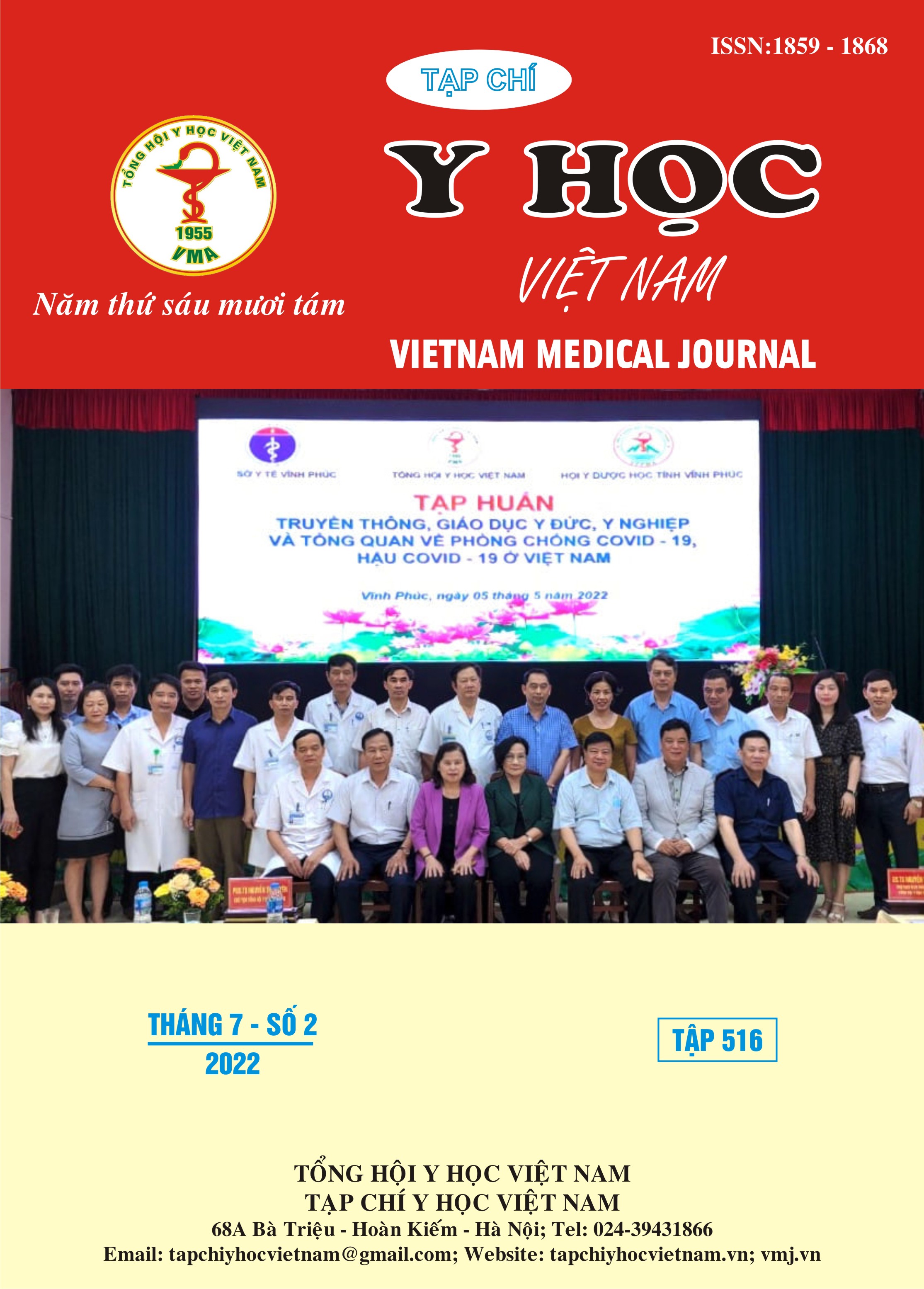RESULTS OF CONTROL OF BLOOD GALECTIN-3 LEVELS BY SPIRONOLACTONE IN PATIENTS WITH HEART FAILURE WITH REDUCED EJECTION FRACTION
Main Article Content
Abstract
Objective: The current prospective study was conducted to evaluate the results of controlling galectin-3 levels with spironolactone in patients with heart failure and reduced ejection fraction. Subjects and methods: A cross-sectional descriptive study on 122 patients with heart failure and reduced ejection fraction admitted to Cardiovascular in Can Tho city from 2018 to 2019. Results: In 122 patients, the rate of women is higher than men (55.7/44.3%). The ages of 50-69 years old accounted for the highest with 59.83% and the lowest group, with 31-49 years old. The rate of increased galectin-3 was 88.52%. After treatment with spironolactone, the galectin-3 concentration decreased when compared to before treatment according to three levels of hypertension, the New York Heart Association classification (p<0.05), after 12 weeks of treatment, galectin-3 decreased the most by 29.05% with the dose of spironolactone was 50mg compared with spironolactone 25mg, the difference was statistically significant (p<0.01). Conclusion: The incidence of hyper galectin-3 in patients with heart failure and reduced ejection fraction was high. Moreover, the treatment with spironolactone markedly decreased galectin-3 levels after 12 weeks.
Article Details
Keywords
heart failure, reduced ejection fraction, galectin-3, spironolacton
References
2. ALloyd-Jones D A. R., Brown TM, et al (2010), "Heart disease and stroke statistics-2010 update: a report from the American Heart Association", Circulation 2010. e46–e215 (121).
3. Berbis M. A. (2014), "Peptides derived from human galectin-3 N-terminal tail interact with its carbohydrate recognition domain in a phosphorylation-dependent manner", Biochem Biophys Res Commun. 443 (1), pp. 126-131.
4. Christenson R. H. (2010), "Multi-center determination of galectin-3 assay performance characteristics: Anatomy of a novel assay for use in heart failure", Clin Biochem. 43 (7-8), pp. 683-690.
5. ESC (2017), "Corrigendum to: 2016 ESC Guidelines for the diagnosis and treatment of acute and chronic heart failure", Eur Heart J.
6. Doehner W. (2014), "Metabolic impairment in heart failure: the myocardial and systemic perspective", Journal of the American College of Cardiology. 64 (13), pp. 1388-1400.
7. Edelmann F. (2015), "Galectin‐3 in patients with heart failure with preserved ejection fraction: results from the Aldo‐DHF trial", European journal of heart failure. 17 (2), pp. 214-223.
8. Maisel A. (2014), "Effect of spironolactone on 30-day death and heart failure rehospitalization (from the COACH Study)", The American journal of cardiology. 114 (5), pp. 737-742.


